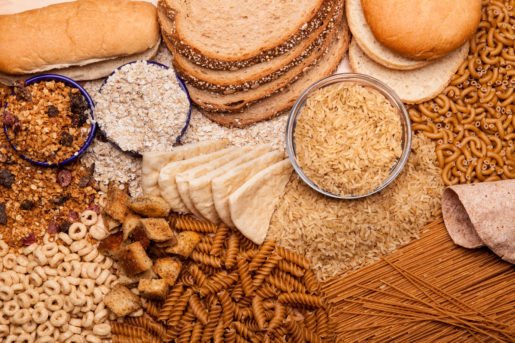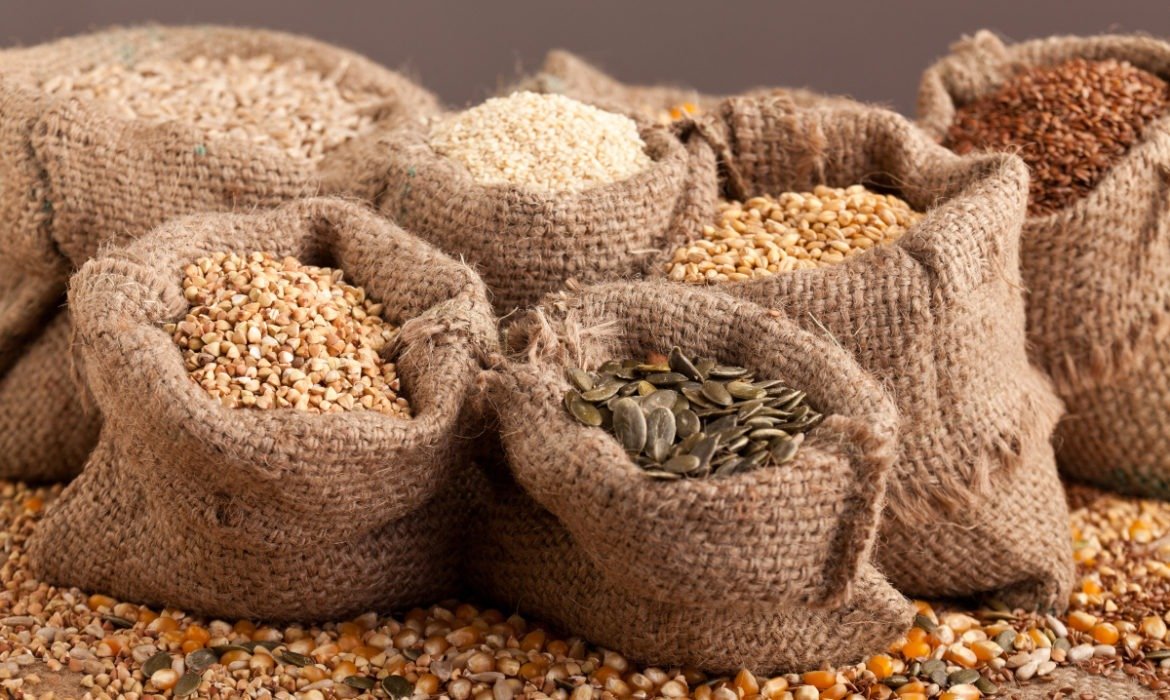Corn’s price has recovered from May lows and now directs attention on the market
There are signs of recovery in the prices of grains, as well. However, operators are mainly focusing their attention on the corn market.
All traditional buyers were active in the market. 
The price of corn for July futures stood at $123, and August prices settled at $124. Both of the prices saw a decline compared to Friday rates. However, the delivery for October saw some improvement, at $130/t.
Since commodity prices have been strongly affected, they are still far from the rates obtained in previous years.
Soybean and corn prices have presented a downward trend since the beginning of the year. This was due to seasonal factors affecting commercial campaigns.
The prices of both crops have found a lower limit, achieving a recovery path in recent weeks. Corn has been strongly affected in terms of its marketed value. Since May 26, the commodity has seen a significant rise of 12%.
The recovery of the American ethanol industry could generate greater optimism in the cereal market. The coronavirus pandemic has strongly impacted this sector since the beginning of the year.
On the other hand, expectations of greater harvest in the United States are pressing commodity prices.
The industrial and export sector has acquired 54% of the available corn, ranking 9% above the previous season and 10% ahead of the average of the last five years. In turn, the lower number of businesses resulted in the sharp decline suffered by corn in recent months.
The US climate will set the pulse of the corn market
World corn production in 2020/2021 could reach a record of 1,187 million tons, with an increase of 72 million tons compared to the previous harvest. Another important fact to keep in mind is the forecast of the United States Department of Agriculture. The USDA estimated that the US corn crop could reach a super record of 406.29 million tons. The figure is equivalent to an increase of 59.24 million tons and an 82% rise in world production.
The increase in demand for corn is distributed between Southeast Asia, Japan, Mexico, South Korea, Egypt, and the European Union. The increase in exportable supply is concentrated in a single country and a single region, the United States. This is the highest price risk factor for the international corn market.
A failure in the US corn crop, however small, could have a robust upward impact on future prices. Corn does not have a containment system if the US harvest fails. Instead, soybeans, from the US, Brazil, and even Argentina, will always be an option, if the market condition allows it.















